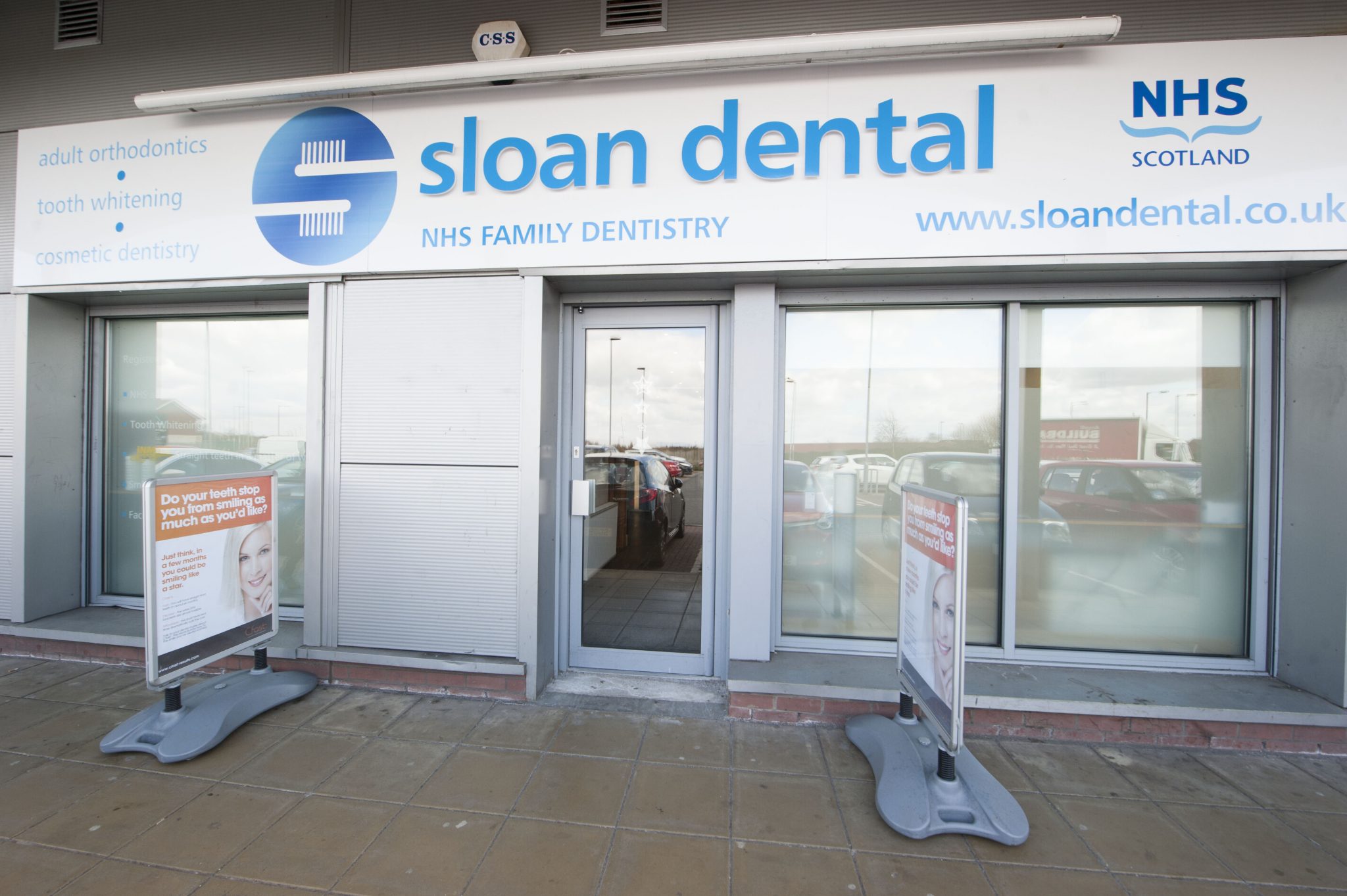Braces are used to fix problems with tooth alignment and spacing. There are many different types of braces available, from fixed metal braces to removable plastic aligners.
Braces are not a quick fix solution to misaligned teeth. The process can take months and even years to complete, so it’s important to consider the options and alternatives before choosing to start treatment.
Braces are commonly associated with teenagers, but adults are also able to benefit from orthodontic treatment. With the rise of invisible and discreet aligners, adults will often enquire about their options for teeth straightening.
What can braces do for you?
Braces are most commonly used to fix tooth alignment issues. Misaligned teeth can make it difficult to chew food and are also gives bacteria somewhere to hide. When the teeth are correctly aligned, you can easily brush and floss to keep your teeth clean.
Braces also fix issues with your bite. This could include an overbite, underbite or crossbite. When your bite is not aligned correctly, this can lead to jaw pain or clicking sounds. It can also change the shape of your face and make appear teeth more prominent.
Signs you need braces
Braces might be required to improve your oral health, but some people choose braces for purely aesthetic reasons. If you notice any of the following problems, it might be time to have a conversation with your dentist about braces:
- Teeth are misaligned or overcrowded
- You struggle to floss or brush your teeth correctly
- You often bite your tongue
- Your top and bottom teeth don’t close over each other when your mouth is at rest
- Your jaw clicks when you chew or when you first wake up
- Your jaw aches when you chew food
- You don’t feel confident when you smile
How do you know if your child needs braces?
The NHS provides free orthodontic treatment up to the age of 18 where there is a clear health need for treatment. This is assessed by their dentist and graded on a rating system called the Index of Orthodontic Treatment Need (IOTN). Treatment is only offered for grade 4 or 5 cases. Regular dental checkups will allow your dentist to keep an eye on your child’s teeth and determine if they need braces.
As there is a long waiting list for NHS dental treatment, another option is to choose private dental care. Private orthodontic care will allow you to:
- Start treatment immediately
- Choose from a range of orthodontic treatments
- Access orthodontics if your child does not qualify for NHS treatment
- Spread the cost with monthly payments.
What if my child cannot get braces on the NHS?
If your child does not meet the NHS requirements, you can still access private orthodontics. This is ideal if you do not want to join the waiting list, or if your child doesn’t meet the requirements.
NHS dentists look for a health reason to straighten teeth, but many parents and teens are more concerned with aesthetic reasons. If your teen has small imperfections, they would be an excellent candidate for private orthodontics. Payment plans are available to help you spread the cost of treatment.
Can an adult wear braces?
Absolutely! There is no upper age limit for braces, with many patients choosing to straighten their teeth well into their 60s. If you aren’t happy with the way your teeth look, you can straighten them using fixed or removable aligners.
Adults account for around 20% of all orthodontic patients and this is increasing as more adults learn about the options available to them.
What are the alternatives to braces?
If you have minor imperfections you don’t always need to turn to braces. You could also choose a restoration such as veneers to create a straight, whiter and brighter smile.
Braces are a considerable commitment that will require you to pay extra care for your teeth until the end of the treatment. Once treatment is completed, you may then need to wear a retainer at night. If this sounds like a lot of work and effort, an option like veneers or composite bonding might be more suitable. Read more about the options for getting straight teeth without braces on our blog.
The first step to choosing between braces or another cosmetic dentistry treatment is to visit your dentist. Book an appointment with Sloan Dental today to learn if you’re a candidate for braces.



